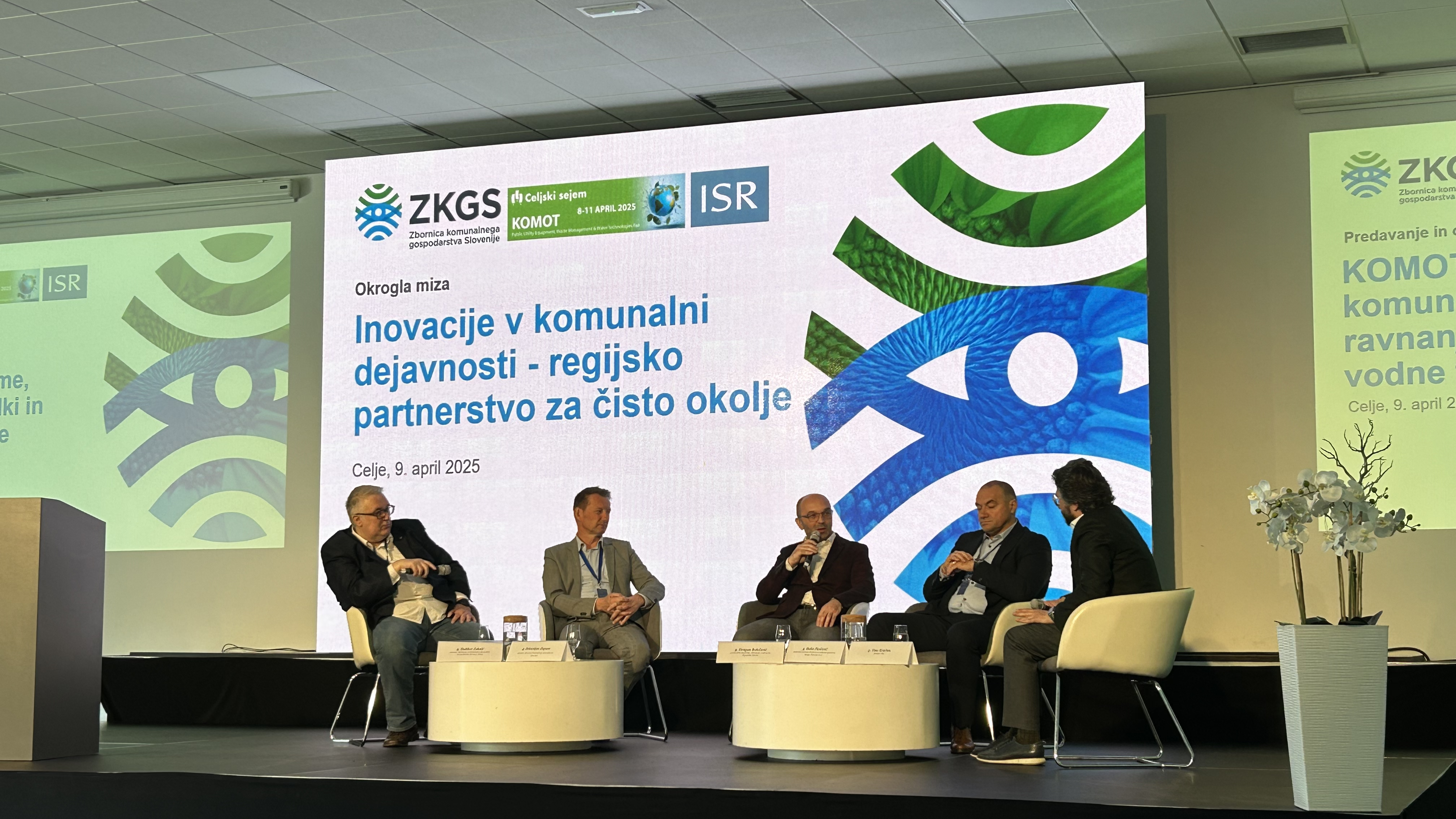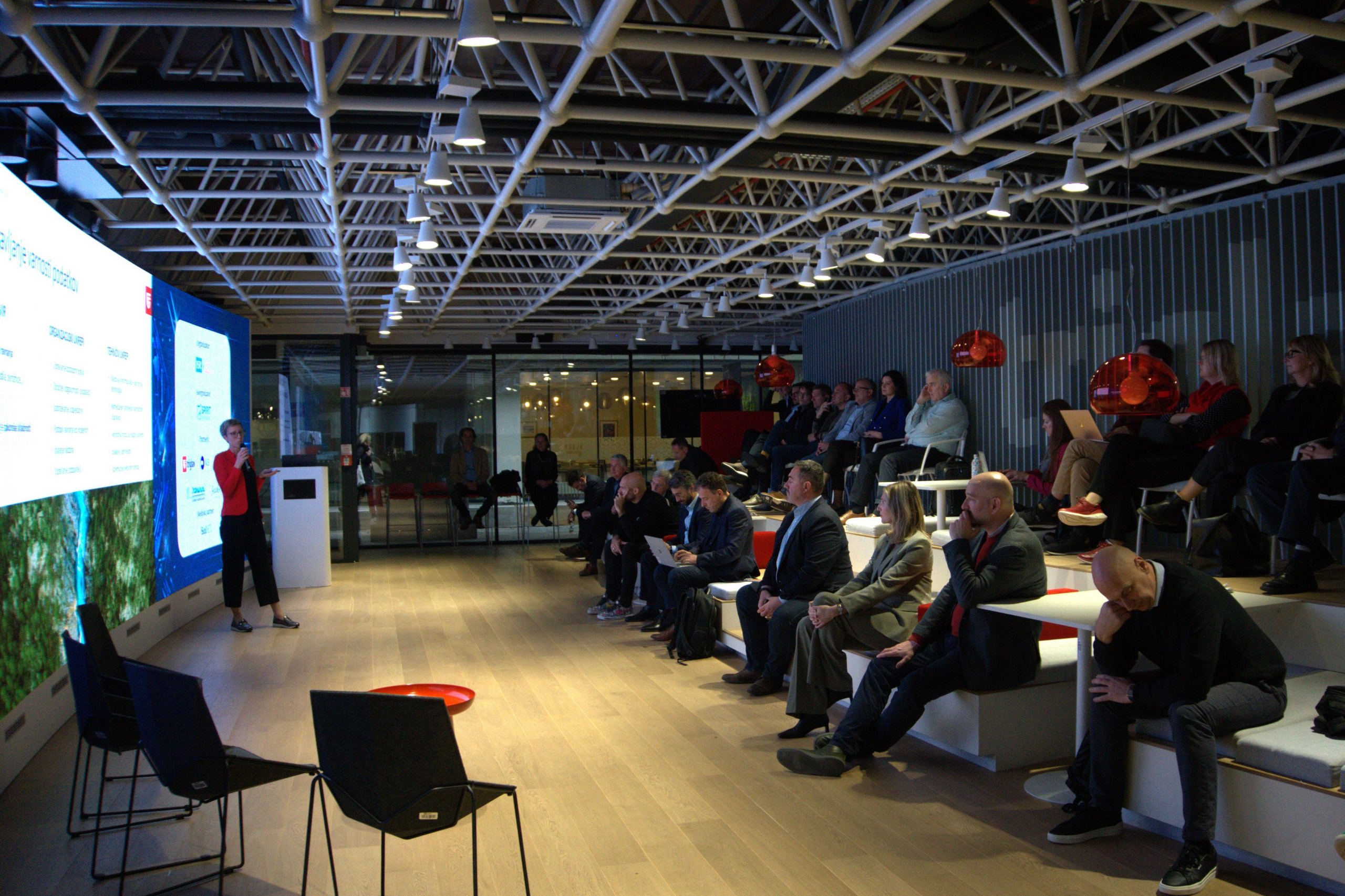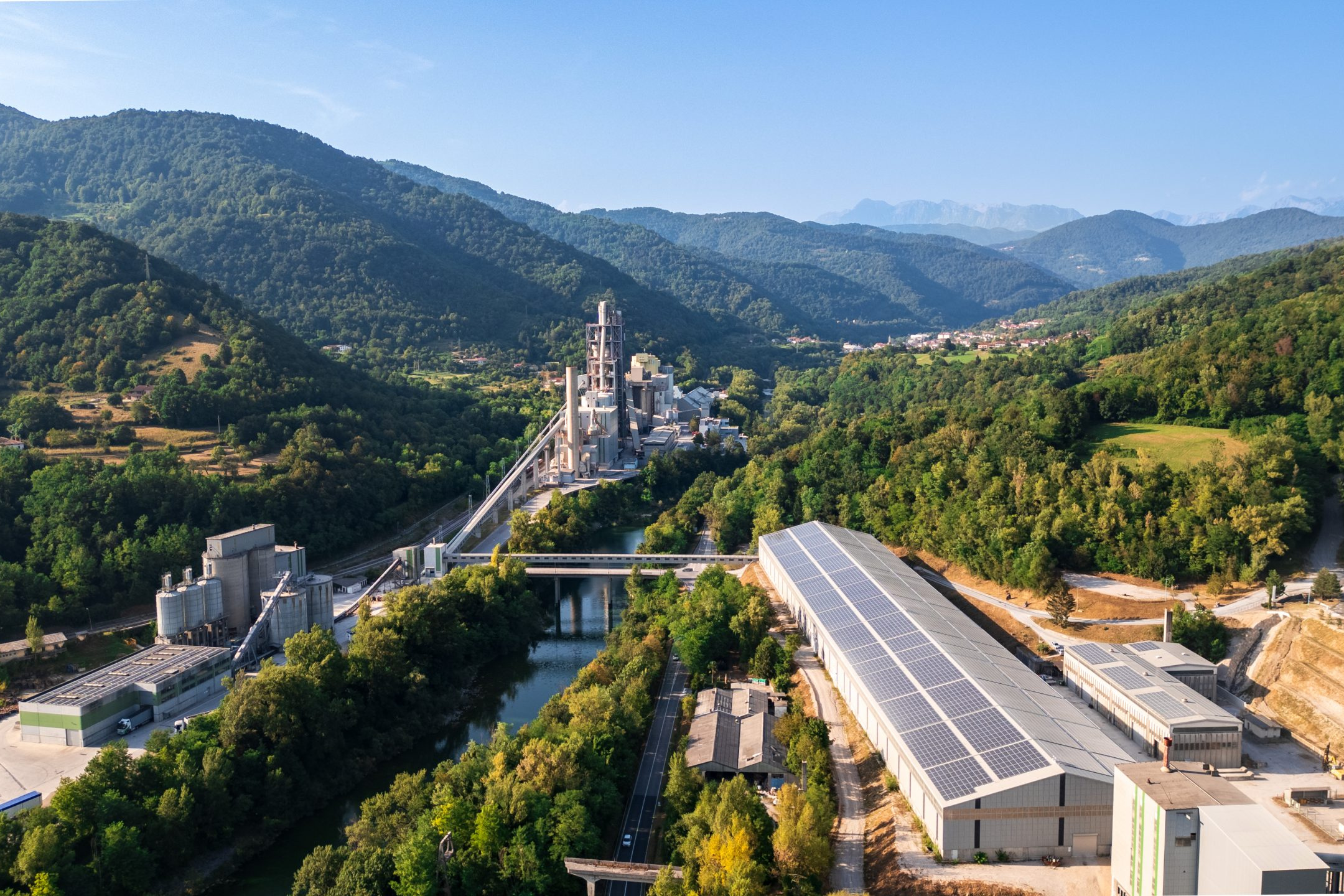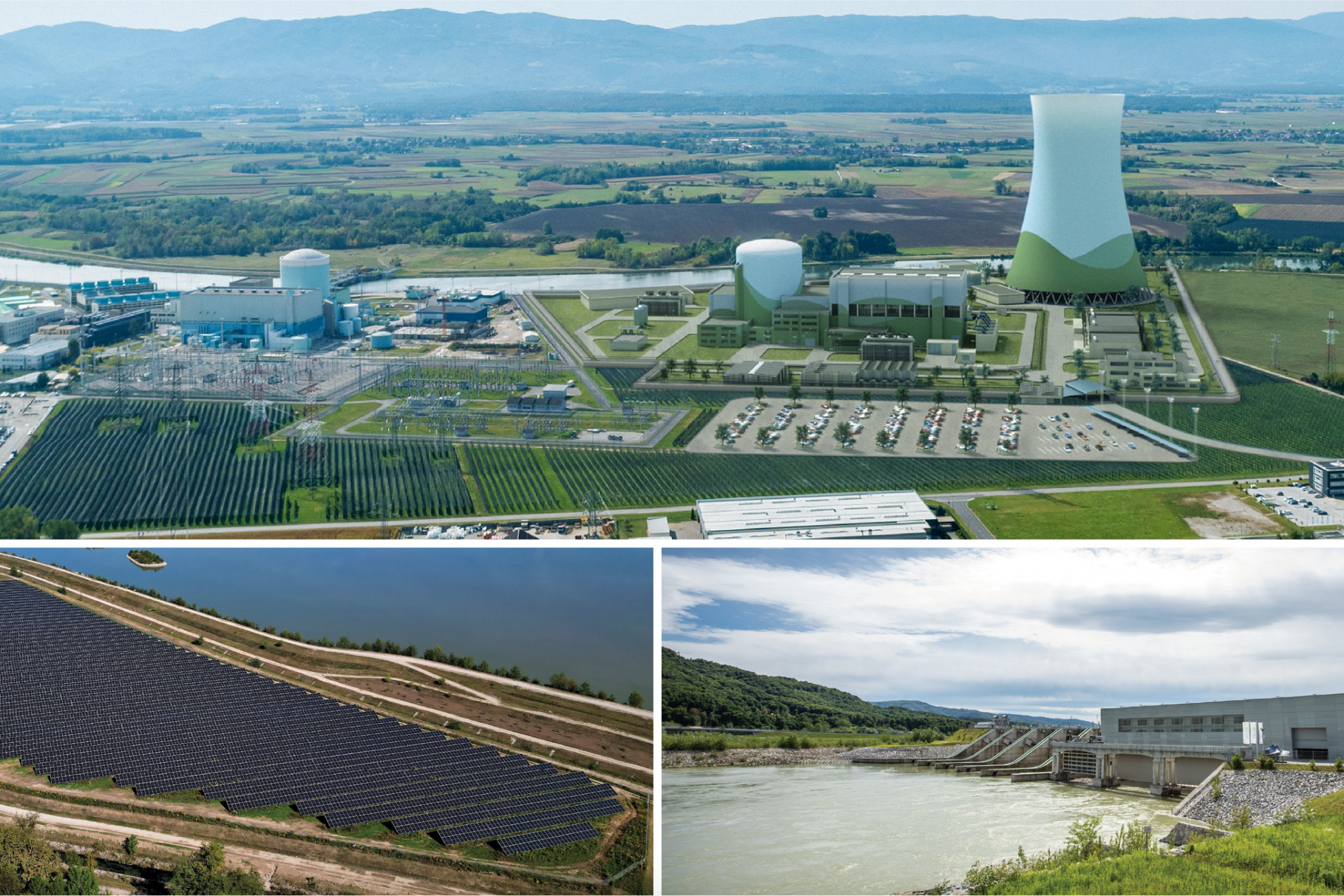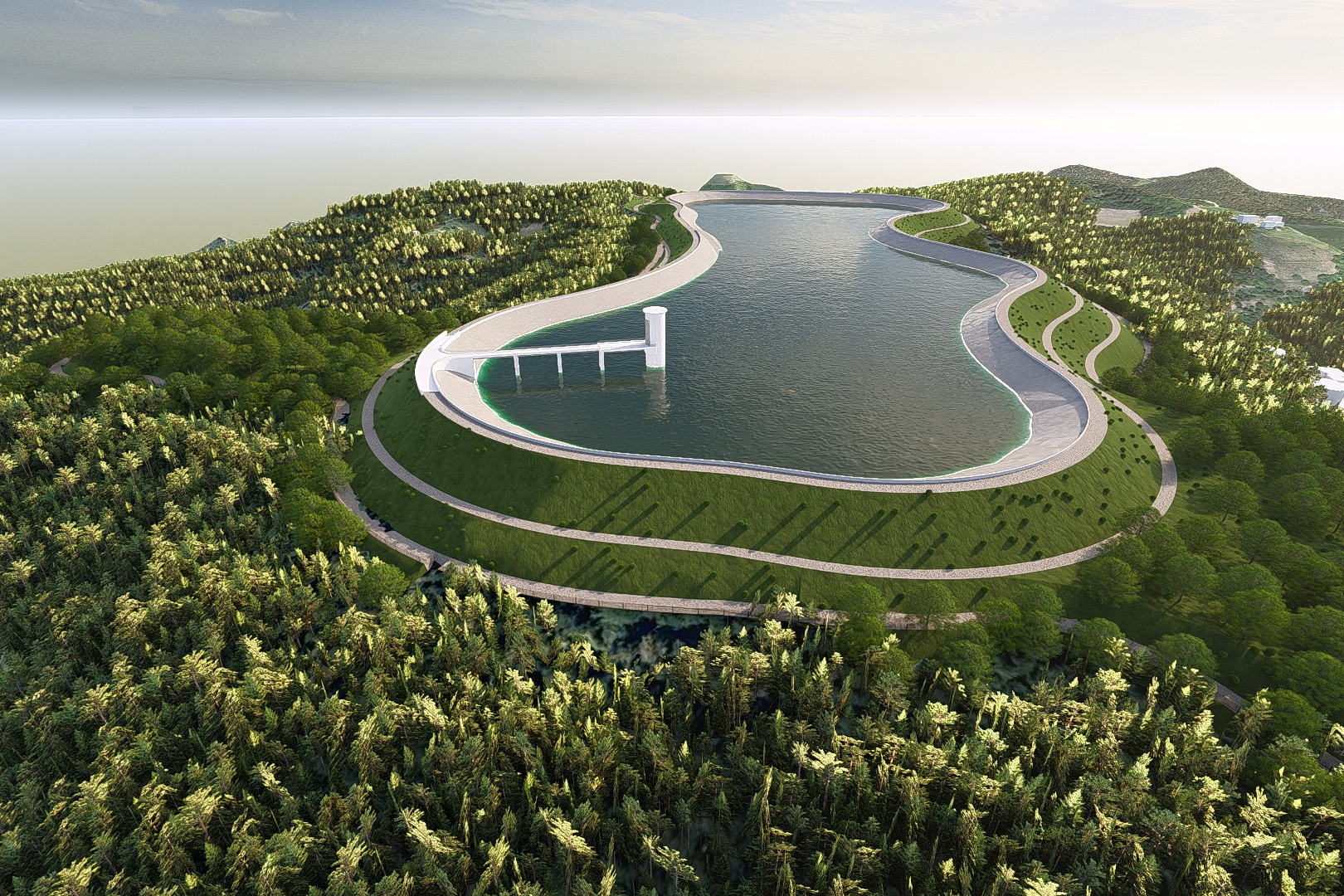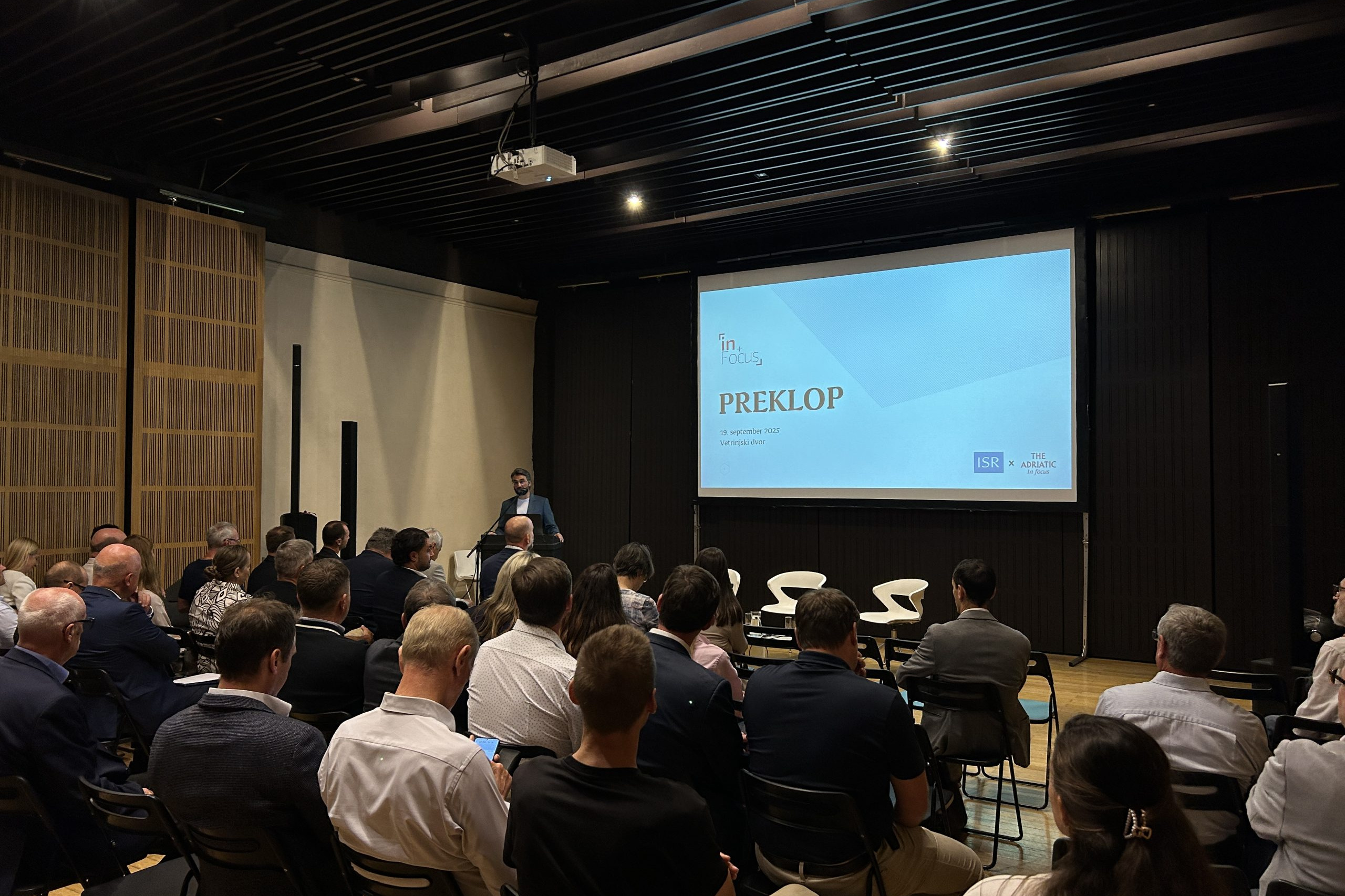Shovel-ready or stuck on paper?
Municipal green infrastructure in the Western Balkans suffers less from money than from execution.
The Adriatic Team
Money is rarely the problem. At least not entirely. That was one of the tacit conclusions at a recent regional roundtable held alongside KOMOT, a new B2B trade fair for environmental technologies in Slovenia. Municipal officials, utility directors and infrastructure specialists from across the Adriatic region gathered to discuss the future of public services, and why, despite generous EU funding pledges and ambitious climate targets, progress often falters long before the first shovel breaks ground.
Organised by Slovenia’s Chamber of Public Utilities and the Institute for Strategic Solutions (ISR), the event examined how local authorities might accelerate the green transition without being paralysed by skills shortages, bureaucratic inertia or unworkable financial conditions. As Janko Širec, president of the Chamber, noted: “The exchange of experience and regional dialogue are prerequisites for progress, not afterthoughts.”
Tine Kračun, CEO of ISR, broadened the conversation. The credibility of the EU’s enlargement policy, he argued, rests not just on ticking off accession criteria, but on the capacity of both member states and hopefuls to build resilient, inclusive and sustainable systems that deliver real benefits. “Public utilities are among the most direct points of contact between the state and the citizen,” he said. “They are where innovation and cooperation can have the greatest effect.”
That logic underpins the EU’s new €6 billion Growth Plan for the Western Balkans. Around 37% of the funds are earmarked for climate-related and environmental projects. Yet many in the region remain sceptical as to how far that money will stretch. “We’re still tackling the basics while Brussels talks about upgrades,” remarked Dragan Kelečević of the Waterworks Association of Republika Srpska. His Serbian colleague, Dalibor Joknić, was more forthright, stating that “the money is there. What’s missing are clear mechanisms.”
SID Bank, Slovenia’s state development bank, presented itself as a possible solution to one persistent challenge: the reluctance of commercial lenders to finance long-term public works. Gašper Jež, a specialist in direct financing at SID, stressed that the bank was created precisely to fill that gap. “Our aim is not profit, but support for the development of public infrastructure,” he said.
SID offers uncollateralised loans with maturities of up to 25 years, co-financing schemes in partnership with commercial banks, and the management of EU structural funds. Some financing may also take the form of grants, such as VAT coverage, a crucial benefit for municipalities operating on tight budgets with overstretched personnel.
But even the most favourable credit conditions cannot rescue a project that exists only on paper. “Too many ideas never get off the ground due to weak preparation or a lack of staffing,” Jež warned. The bank now provides advisory support to help local governments shape technically and economically feasible projects.
Slovenia, a former Yugoslav republic turned EU member, sees itself as both a beneficiary and a cautionary tale. “When we first accessed EU funds, we spent them quickly,” recalled Sebastijan Zupanc, director of the Chamber. “Then we realised the money isn’t a gift, it comes with responsibility. Every project needs a clear amortisation model, long-term sustainability and a strategic vision.”
That hard-won insight, Zupanc argued, ought to be shared. In particular, he pointed to a model in which municipalities work hand-in-hand with their own public utility firms throughout the investment cycle. “When local government and its utility provider deliver a project together, the risks are lower and the chances of success far greater,” he said. “It’s a model that has worked for us, and it should be exported.”
Elsewhere, the shift towards a circular economy appears even more distant. Ratko Pavićević, of Montenegro’s Deponija d.o.o., offered a grim assessment. His country has only two sanitary landfills; the rest of its waste still ends up in unregulated sites. “We’ve got a recycling centre in Podgorica,” he explained, “but due to a lack of local processing capacity, all those raw materials leave the country.” Without the necessary infrastructure, he added, the system remains stuck in a loop: collecting, exporting, and dumping, rather than creating local value.
Green funding is no longer in short supply. But without sound governance, cross-border coordination and smart project design, Europe’s lofty environmental ambitions may remain just that. Ambitions, enshrined in a growing stack of well-meaning PDFs.

